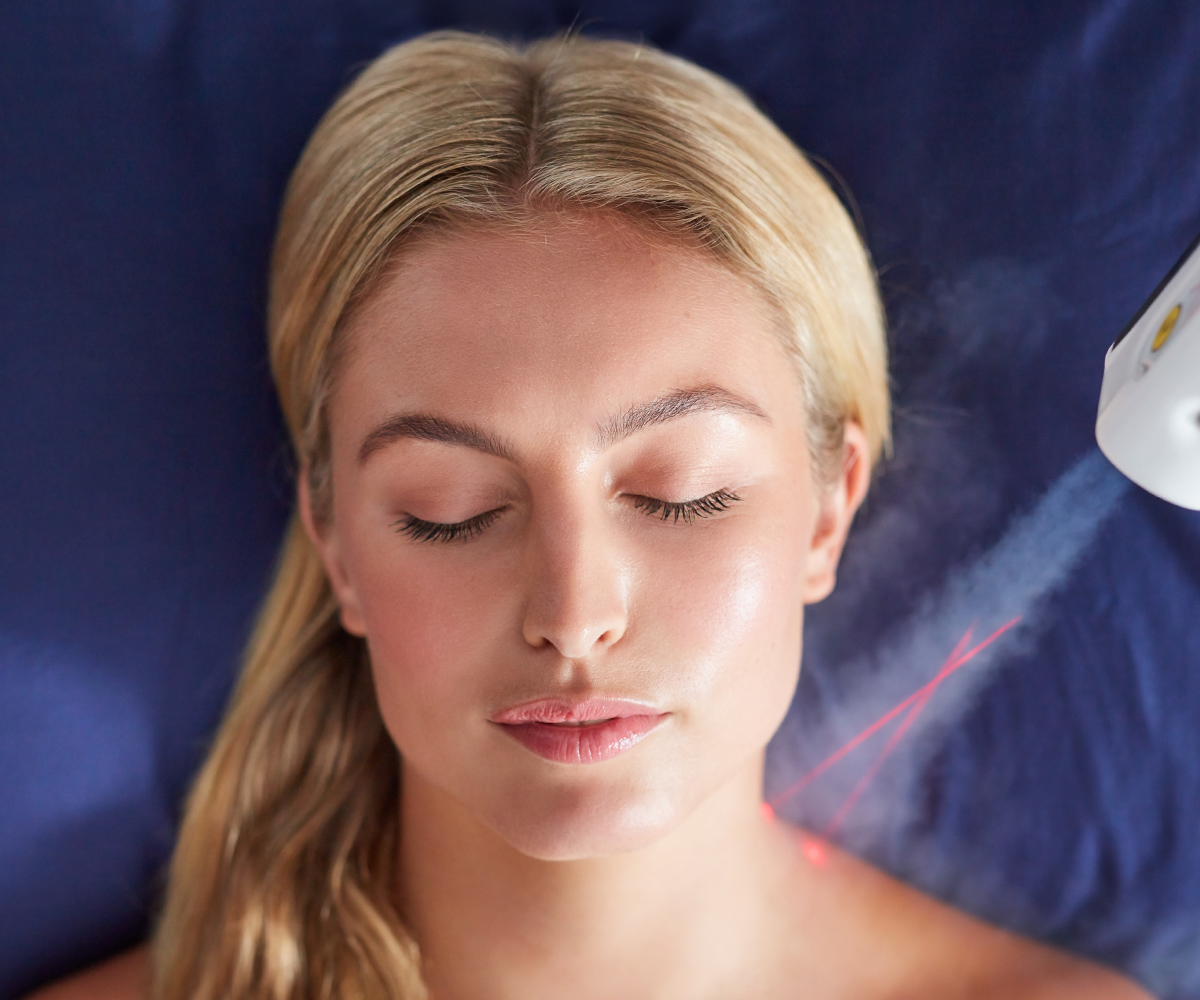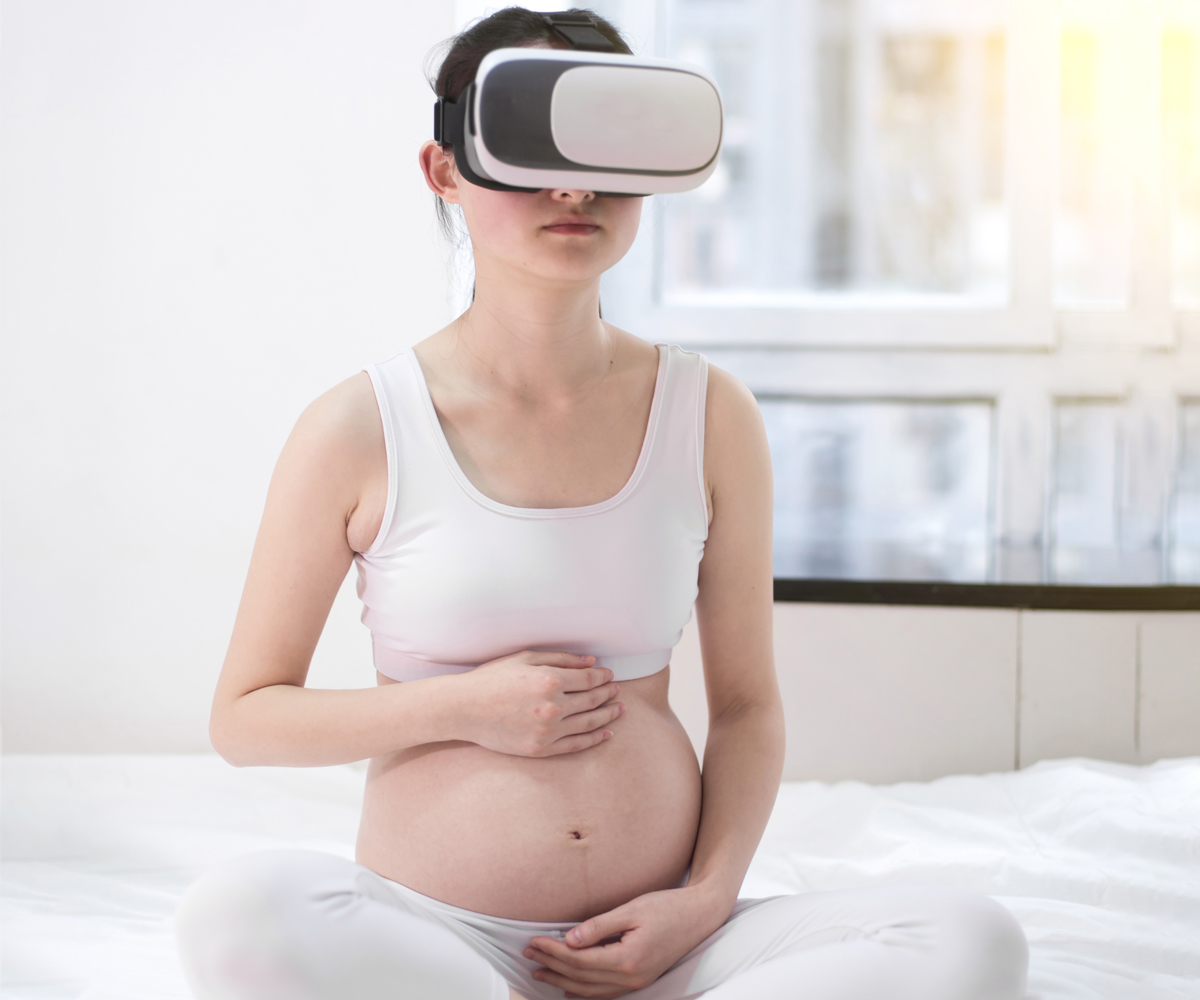The netball game started like any other, until the ball bounced off the steel pole, smashing into Kirsty Wirth’s eye.
The 42-year-old suffered a traumatic brain injury and was told recovery would take three to six months.
Keen to speed things up, the mother-of-two did some research, which unearthed cryotherapy as a possible treatment.
The term ‘cryotherapy’ applies to any treatment using cold. But the latest method takes it to a new level. Whole body cryotherapy involves briefly exposing the body to extremely low temperatures. Localised cryotherapy uses a machine to blow vapourised liquid nitrogen onto a specific area.
The idea might send shivers down your spine, but early research is indicating that it may help with relieving the pain and inflammation associated with some conditions, such as fibromyalgia.
It is also popular with athletes such as former NBA greats Kobe Bryant and LeBron James, and is used by celebrities including
life coach Tony Robbins and actress Jennifer Aniston.

Whole body cryotherapy involves entering a chamber chilled to -140°C with liquid nitrogen vapour. (Image: Getty)
The therapy’s mainstay is whole body cryotherapy (WBC), which involves entering a chamber chilled to -140°C with liquid nitrogen vapour, explains James Bermingham, who runs a whole body cryptherapy centre with his wife Elouise.
“It sounds unbearable, but most people are surprised by how well they handle the cold,” he says.
“You are in the chamber for only three minutes and you can hop out at any time. It is fully adjustable for temperature, so if it feels too cold we can always warm it up.”
The machine is adjusted to your height, so your head pokes out the top and you can breathe normally. You can go naked or wear your underwear or swimsuit (men must wear underwear), and are supplied gloves, socks and slippers.
While inside, “people can dance, sing, whatever they feel the need to do,” says James.
Much of the research on WBC to date has explored the benefits for athletes, with claims including reduced post-exercise soreness, faster recovery from injury and improved performance.
A review published in 2017 in Frontiers in Physiology looked at all the evidence from research since 2010. The authors noted that it mostly supports the effectiveness of WBC in relieving the symptoms of inflammatory conditions that could affect athletes, improving post-exercise recovery and limiting exercise-induced muscle damage.
However, they noted that a small number of studies showed no positive effects.
Uses for cryotherapy beyond the sports field
While most of the research into WBC has involved athletes, its potential for reducing pain and inflammation have applications that go beyond the sports field.
For people with rheumatoid diseases such as fibromyalgia, it may be a useful addition to other therapies.
A German pilot study published in 2000, for example, used WBC to treat 120 patients with rheumatoid diseases.
They found that pain levels after cryotherapy decreased significantly and relief lasted about 90 minutes.
A study published in Rheumatology International in 2018 looked at the effect of WBC in 60 people with fibromyalgia.
The researchers assessed participants by measuring pain, severity of symptoms and a questionnaire about how the illness was affecting quality of life – including factors like physical function, work status, depression, morning tiredness, fatigue and wellbeing.
Improvements in the WBC group were significantly larger than in the control group, leading researchers to conclude that WBC may be a useful additional therapy for fibromyalgia.
They noted that further studies were needed to look at its long-term effects and compare it to other physical therapies.
Another looked at WBC in ankylosing spondylitis (AS) – a type of arthritis that affects the spine and other large joints, and can also cause problems with the eyes, skin, bowel and heart.
Published in 2018 in Mediators of Inflammation, the researchers found that, in men with active-phase AS, cryotherapy decreased the levels of markers for inflammation, oxidative stress and atherosclerosis plaque.

Cryotherapy’s potential for reducing pain and inflammation have applications that go beyond the sports field. (Image: Getty)
Mental health benefits of cryotherapy
While evidence for the physical benefits of cryotherapy seems to be mounting, the purported mental benefits – such as improved memory and mood – are just starting to be examined.
A study published in the journal CryoLetters in 2018, for example, looked at the effect of 10 WBC sessions on cognitive function and blood measures in patients with mild cognitive impairment – a type of memory loss without other dementia symptoms.
They found a significant improvement in cognitive function, especially memory. They also found increased blood levels of substances that help to promote brain health.
In 2008, a study published in the Polish journal Archivum Immunologiae et Therapiae Experimentalis reported on treating people with anxiety and/or depression with 15 daily visits to a cryogenic chamber.
After three weeks, they found a decrease of at least 50 per cent from baseline depression and anxiety scores in 34.6 per cent of the study group with depression and 46.2 per cent of the study group with anxiety – significantly more than in control groups who didn’t receive the cryotherapy.
It was the brain benefits that Kirsty sought after her injury.
When she regained consciousness on the court, she was vomiting and had trouble remembering she had children.
“The neuro guy said my brain hit the back of my skull before I hit the ground,” she says.
“It was kind of like being king hit. My cognitive ability and basic function were significantly reduced.”
Kirsty had been considering cryotherapy for previous injuries and this crystallised her decision to try it.
Within two sessions, she noticed an improvement in cognitive function and energy, lasting a day or two.
Three months later, she says the benefits are lasting longer and she’s not “hanging out for the next treatment”.
“I really find I can perform better, and I am more able to do all the things I want to do,” she says.
Her mood, memory and energy levels are better. She is back running her wellness business and playing sport.
Exercise physiotherapist Dr Kate Watson advises that more evidence is needed before health professionals will widely adopt whole body cyrotherapy.
“As physiotherapists we are always looking at new and innovative opportunities, but [we] need to ensure we are working off evidence-based practice,” she explains.
“At this stage, more robust research is needed around this particular form of cryotherapy.”

Cryotherapy involves briefly exposing the body to extremely low temperatures. (Image: Getty)
How localised cryotherapy works
This type of cyrotherapy is a targeted treatment that involves blowing cold vapour over an area.
James explains that it’s not painful and the machine is constantly reading the client’s skin temperature to prevent over-cooling.
He stresses that cryotherapy isn’t a miracle cure, but rather a way to help manage the symptoms of disease and improve quality of life.
The number of sessions you’ll need depend on the age and severity of your injury or condition.
A word of caution
Some eye-catching claims have been made about cryotherapy, especially around weight loss and anti-ageing.
Many such claims are not verified and, if something sounds too good to be true, it probably is.
WBC isn’t for everyone.
The sub-zero temperature means there is a risk of cold burns. Some conditions make people unsuitable for WBC, including stroke, malignant tumours, some types of heart disease and arrhythmias, among others.
Women who are pregnant should not have WBC.
These restrictions don’t apply to localised cryotherapy. Consult your health professional for individual advice.




